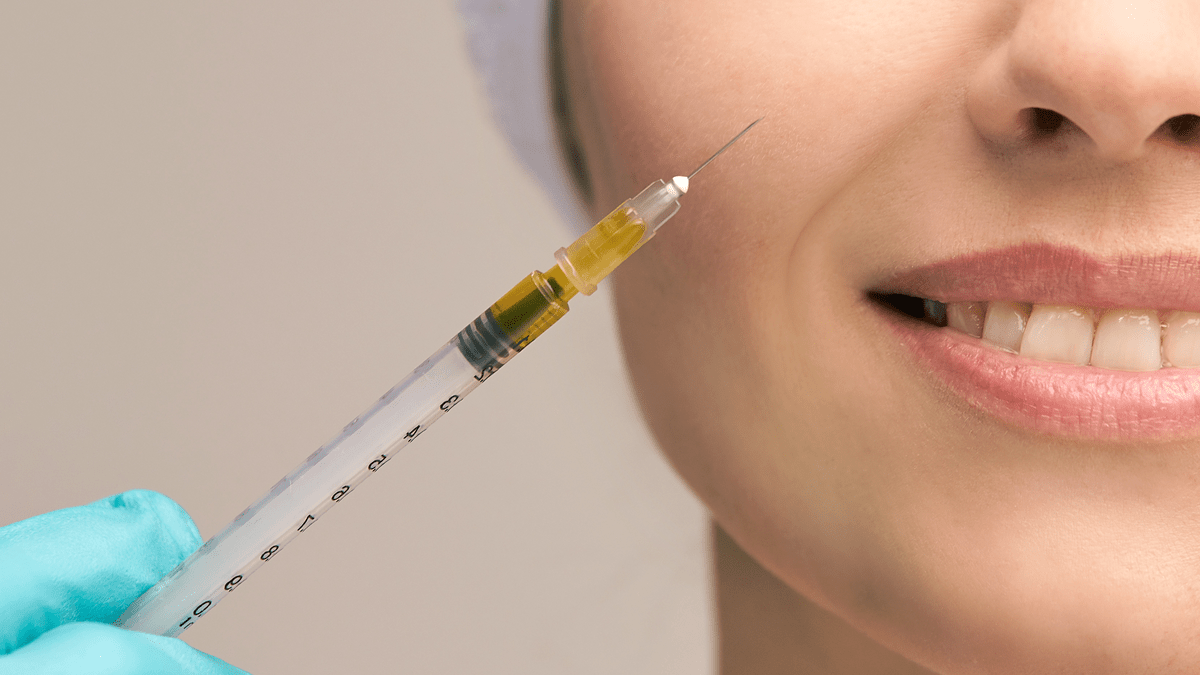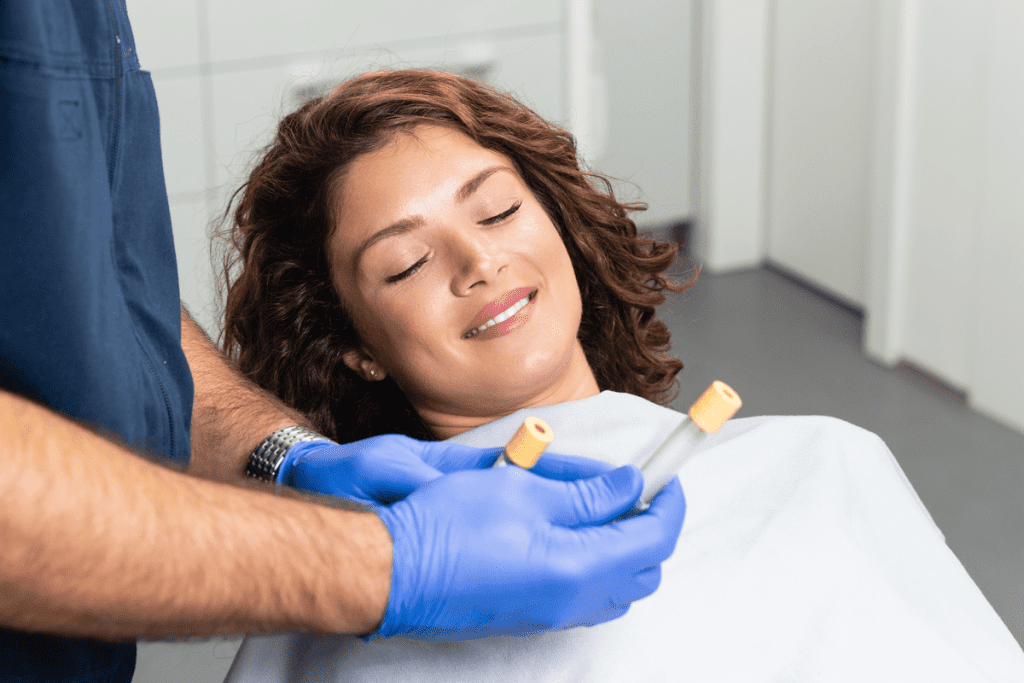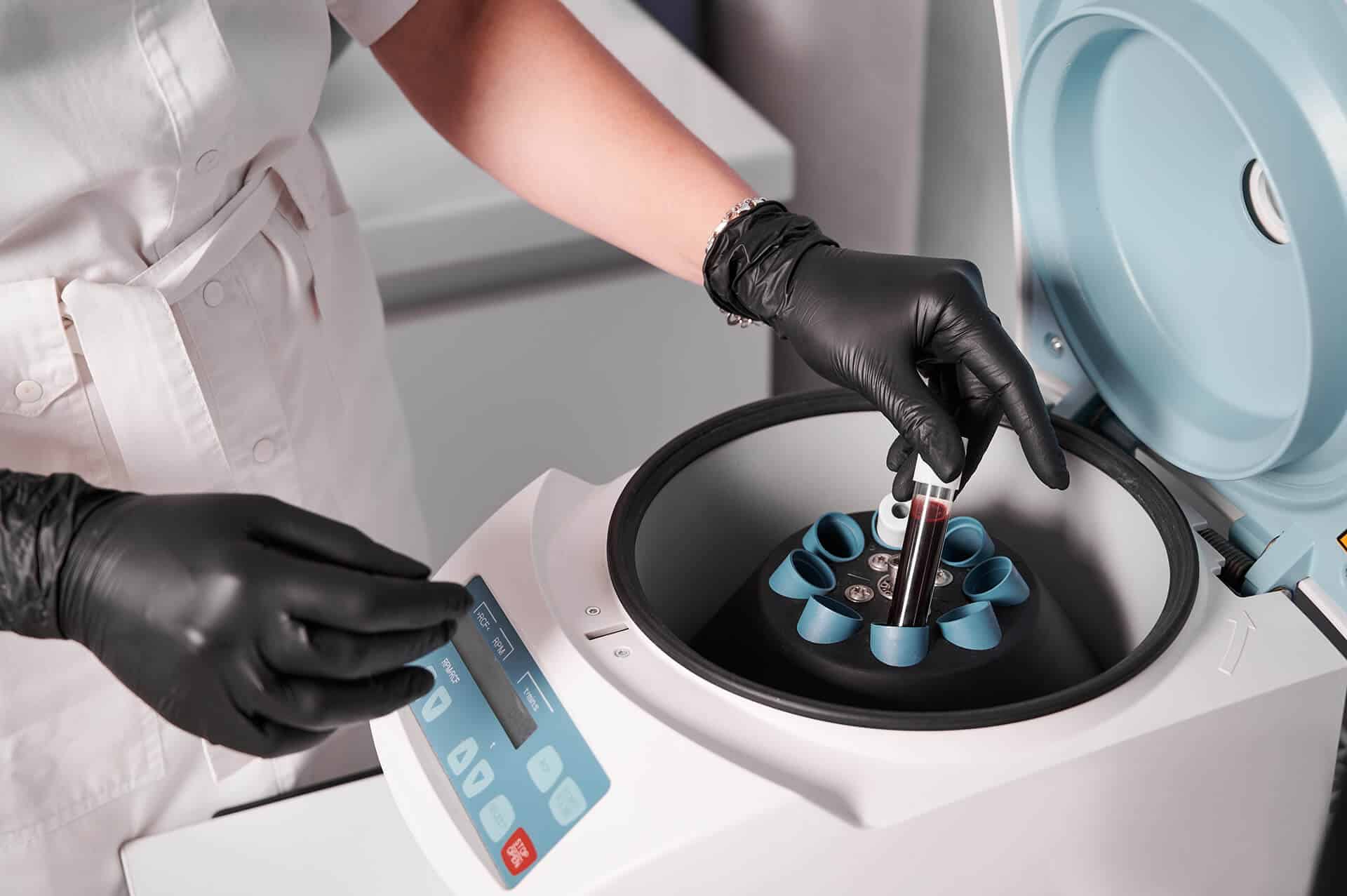
INTRODUCTION
This article discusses prp hair treatment before and after before and after. Let’s dig in!
PREPARE: THINGS TO EXPECT BEFORE A PRP INJECTION THERAPY
Basic cleansing with alcohol, iodine, or Betadyne is required before injecting platelet-rich plasma into an injury site to remove any bacteria that could cause an infection.
A local anesthetic will be administered to the area so that the patient does not feel any pain during the procedure, which could take several minutes to complete. The standard procedure involves injecting a local anesthetic into the problem area and waiting around fifteen minutes for it to fully take effect.
Alternatively, a “nerve block,” initiated with ultrasound probes, can produce the same result without the need for injection. The patient’s physical condition, the site and severity of the injury, or the patient’s own preference may also call for an ultrasound nerve block.
Ultrasound will be used to see where the doctor needs to inject the PRP and help guide the procedure. For this procedure, ultrasound gel will be dabbed onto the skin over the affected area, and then a small ultrasound probe, or wand, will be pressed against the skin. This final image will be sent wirelessly to a display.
Scar tissue in the injured area requires multiple punctures to open up channels through which the PRP can travel. Percutaneous tenotomy (PNT) describes this operation. Bone spurs and calcified pieces within a tendon can also be broken up during this procedure; however, if they are left in place at the treatment site, they should not hinder the healing process.
Currently, we are in the process of injecting the platelet-rich plasma into the joint capsule or other target area. After the needle puncture is finished, it will only need to be blotted and bandaged.
POST: THINGS TO EXPECT AFTER A PRP INJECTION THERAPY
At first, the treated area is numbed with a local anesthetic cream. Second, our medical professional will take a tiny blood sample. Next, the sample is centrifuged for about five minutes to separate the plasma from the rest of the blood. After that, the platelet-rich plasma is reinjected into the affected area to promote the growth of new collagen and elastin.
What to expect after prp hair treatment?
Patients treated with PRP should experience minimal downtime and resume their regular routines soon after treatment. Because the PRP injection causes the injured area to fill with fluid, it is common to feel swelling and tenderness at the injection site, just as you would with a sprain. Patients can typically alleviate this pain with over-the-counter medications like acetaminophen (Tylenol).
Do not take any NSAIDs (non-steroidal anti-inflammatory drugs) like naproxen or ibuprofen for pain after your PRP therapy.
While most patients report minimal discomfort after PRP therapy, some report severe pain in the days following the procedure.
The most important quality for a patient to have is patience. Pain will not be immediately alleviated by PRP. It will take several weeks for PRP to regenerate healthy tissue. However, this is better than the months that may pass before a tendon or ligament heals on its own without the help of platelet-rich plasma.

FOR WHAT KINDS OF PATIENTS IS PLATELET-RICH PLASMA MOST EFFECTIVE?
Therapeutic applications of Platelet Rich Plasma for a wide range of musculoskeletal conditions have shown promising results. Check out these requirements to see if you qualify for this operation.
Any age group can receive PRP therapy.
Vital Statistics
No restrictions are placed on blood type, but those with low platelet counts or bleeding disorders will need to be evaluated.
Health
Individuals who are not good candidates for PRP therapy do not exist…
only the best possible prospects The truth is that PRP therapy can be effective for anyone, regardless of their current health. A person’s likelihood of a positive response increases as their health improves. Smokers, those with diabetes, and those with other chronic diseases like thyroiditis or cardiorespiratory illness are less likely to respond.
Injections of platelet-rich plasma (PRP) are typically used to treat musculoskeletal disorders like osteoarthritis of the knee. PRP injection reviews for knees revealed that platelet-rich plasma therapy was found to be effective in treating knee osteoarthritis in this study, with an overall success rate of around 60% depending on the severity of the condition being treated. However, there are a few condition-specific factors that must be taken into account before you can receive treatment.
Patients whose daily activities are hampered by osteoarthritis are typically advised to undergo PRP therapy as an initial course of treatment. It’s especially useful for people who either don’t want to get steroid injections or have already tried them and found they didn’t help. Similarly, PRP injections are a viable treatment option for pain relief if anti-inflammatory medications have not been helpful.
POSSIBLE CONTRAINDICATIONS TO PLATELET-RICH PLASMA THERAPY
PRP injections cost some side effects such as:
Metastatic disease/cancer: In cases of metastatic cancer (cancer that has spread and is being transported in your blood), it may be decided that an injection is not the best course of action.
Thrombocytopenia: Your doctor may be pessimistic about your treatment’s efficacy if your blood platelet count is low.
For patients with septicemia (blood infection), transfusing infected blood can spread the bacteria that caused the infection to healthy tissues.
An individual on antiplatelet therapy is not a good candidate for PRP injections because these medications reduce the number and function of platelets.
For more information, if you’re going to search for a prp for hair loss near me, and you’ve found Nexus Clinic, immediately consider the clinic. In Nexus Clinic, you’ll never go wrong.






